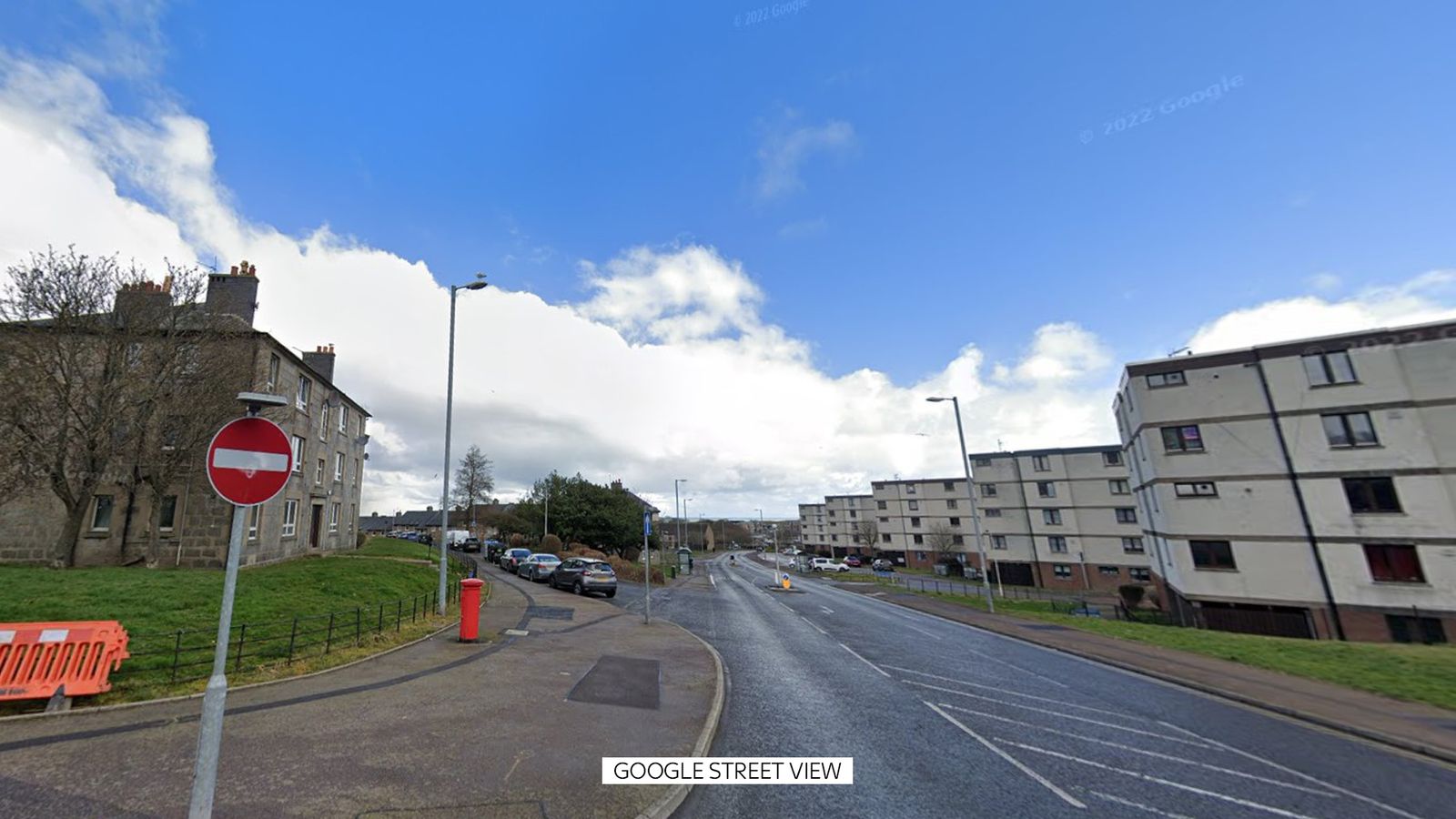Hundreds of residents are to be moved out of their council homes in Aberdeen after they were found to contain potentially dangerous concrete panels.
Around 500 homes in the city’s Balnagask area were identified as having reinforced autoclaved aerated concrete (RAAC) panels following an inspection last year, including 364 council properties of which 299 are occupied by tenants.
Aberdeen City Council said it received an independent structural engineers’ report on 22 February with a recommendation to relocate council tenants to alternative accommodation “as soon as possible”.
The council said officers are “currently exploring options for the long-term viability for the site, which include remedial works or demolition”.
A detailed appraisal is expected to be presented to the council within six months.
The findings were considered by the local authority’s urgent business committee on Thursday.
Councillors accepted a recommendation from officers that tenants be permanently rehomed.
Scotland’s Education Secretary Jenny Gilruth criticised for failing to read Aberdeen schools violence report
Girl, 10, dies after ‘getting into difficulty’ in Aberdeen swimming pool
Aberdeen care worker left fallen resident on floor and fell asleep
The committee asked officers to be available to engage with council tenants to “understand their individual needs and to support them through the next steps”.
Read more from Sky News:
Concert hall to remain shut until 2025 over RAAC concerns
Big rise in hospitals confirmed to be affected by unsafe concrete
The local authority said it has written to council tenants, inviting them to meet with a housing and support officer in their home.
Owners and private tenants have also been contacted and offered support to discuss their housing options.
The committee agreed to set aside an initial £3m to cover the rehoming programme.
Be the first to get Breaking News
Install the Sky News app for free
Councillor Miranda Radley said: “This is an incredibly difficult situation for everyone living in a RAAC affected property, but the council will be doing everything we can to support our tenants during this hugely challenging time.
“These are people’s homes and we need to ensure we support our tenants, but also engage with owners and privately rented tenants, to keep them informed on this matter.”
What is the problem with RAAC?
RAAC is a cheap, lightweight, “bubbly” material that was used in construction between the 1950s and 1990s.
It was mostly used for flat roofs – but also in walls and floors.
In the 1990s, structural engineers discovered that the strength of RAAC wasn’t standing the test of time and only had a lifespan of around 30 years – putting buildings at risk of collapse.








